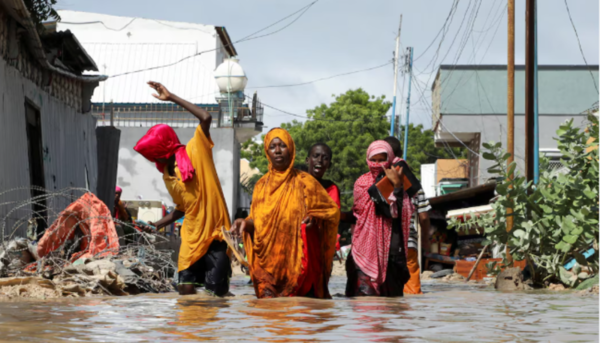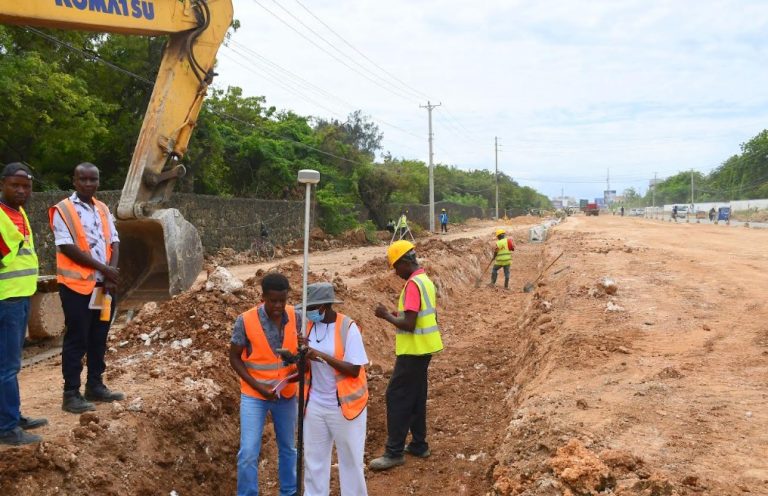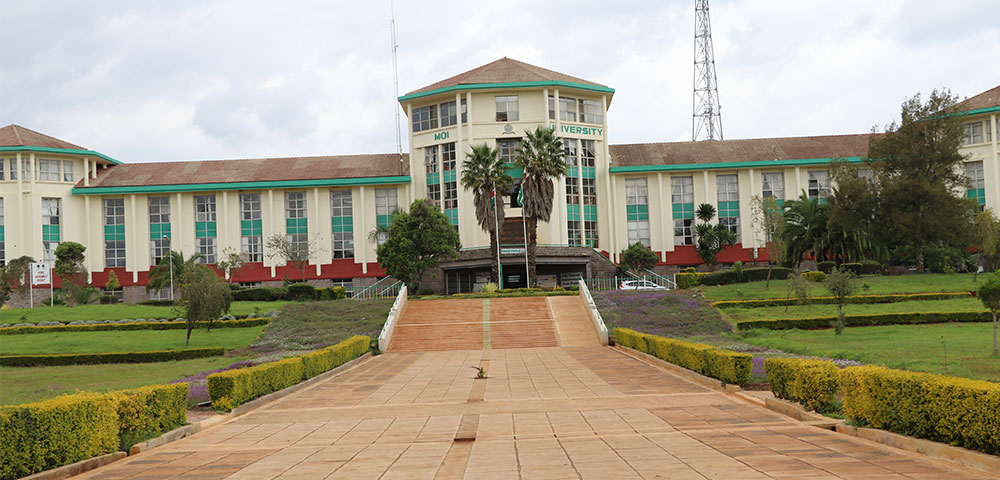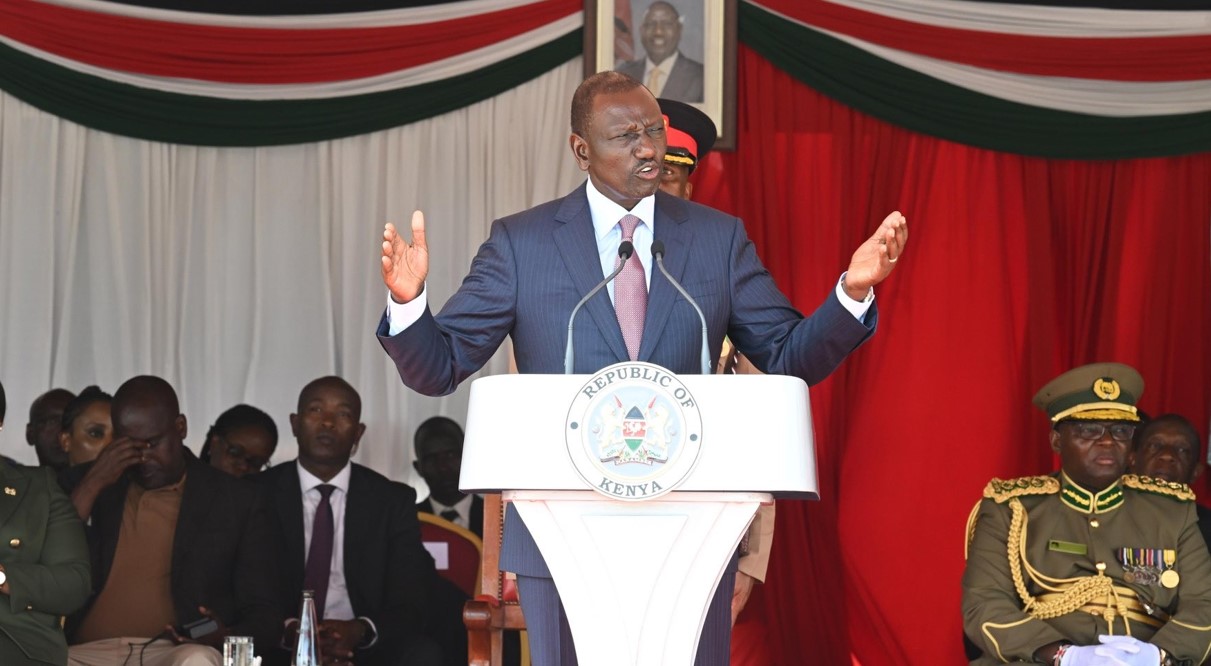17 people killed, 84,000 affected as flash floods cause havoc in Somalia- UN

The Horn of Africa, including Somalia, remains highly vulnerable to climate-related events. Experts have noted a trend of increasing frequency and intensity of extreme weather in the region.
Flash floods triggered by heavy seasonal rainfall since mid-April have affected more than 84,000 people across Somalia, the United Nations announced on Tuesday.
At least 17 people have died as a result of the flooding, according to the United Nations Office for the Coordination of Humanitarian Affairs (OCHA).
More To Read
- Diphtheria cases surge in Somalia amid sharp US aid cuts
- Burkina Faso expels UN official after report details child abuse by armed groups and security forces
- Somalia launches Danabeysan digital signature system to streamline government payments
- Why Kenya is seeking external support for counter-terrorism operations in Somalia
- ‘The Wild West’: Desperation is rampant in Haiti as gangs, vigilantes spread
- 11 Al-Shabaab militants, including senior leader, killed in airstrike
The Horn of Africa, including Somalia, remains highly vulnerable to climate-related events. Experts have noted a trend of increasing frequency and intensity of extreme weather in the region.
OCHA reported that the floods have caused widespread displacement and damage to infrastructure. Over 8,100 people have been forced to leave their homes. Many of the displaced are now without shelter and face restricted access to clean water and aid.
"Since mid-April, flash floods caused by heavy seasonal rains have killed 17 people and affected over 84,000 people in several areas," OCHA said.
The areas most affected include the federal member states of Jubaland, Hirshabelle, South West, Galmudug, and Puntland. The Banadir region, which includes the capital, Mogadishu, has also experienced a significant impact.
According to OCHA, the floods have destroyed nearly 200 latrines, and several water sources have been submerged. The destruction of basic infrastructure is raising health and sanitation concerns in the affected communities.
Local authorities have confirmed that the flooding has severely affected communities already living in displacement. Many people in these areas had not yet recovered from previous natural disasters or conflict-related displacements.
This latest flooding follows an earlier incident in southeastern Banadir, where heavy rains caused the deaths of at least nine individuals and affected nearly 24,600 others.
That event occurred only days before the current flooding began.
Meteorological agencies are forecasting more rainfall in the coming days, particularly in the southern and central regions of the country.
Humanitarian groups are preparing for possible additional displacement and damage.
Somalia has faced similar events in recent years. In 2023, floods linked to the El Niño weather phenomenon killed over 100 people and displaced more than one million. That disaster also caused significant damage to infrastructure and disrupted livelihoods in multiple regions.
Humanitarian organisations are continuing to monitor the situation and are working with local and national authorities to deliver aid. However, access to affected areas remains a challenge due to damaged roads and infrastructure.
OCHA has called for increased support to respond to the needs of those affected and to reduce further risks to vulnerable communities
Top Stories Today
- Three former Somali presidents condemn government over deadly land evictions
- From film to phones: The human story of photography on Nairobi’s streets
- Ex-Israeli intelligence chief caught justifying mass Palestinian deaths in leaked audio
- Ballistics expert fails to conclusively link Ahmed Rashid's gun to Eastleigh shootings
- High Court lifts rice import ban, cuts volume by half
- Ruto refers Wildlife Conservation Bill back to Parliament for reconsideration














































